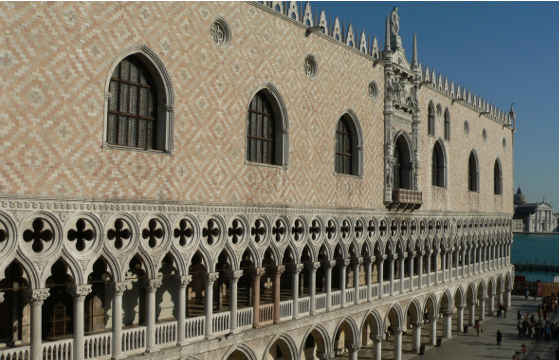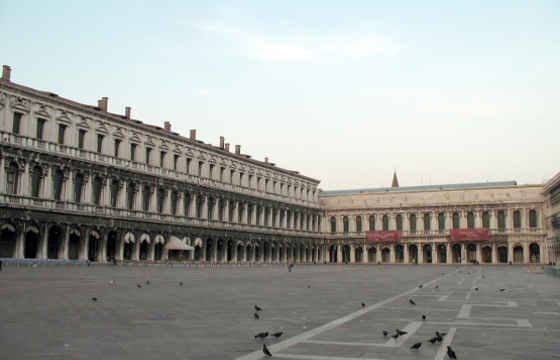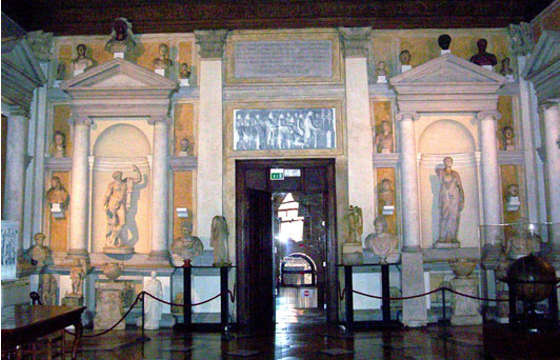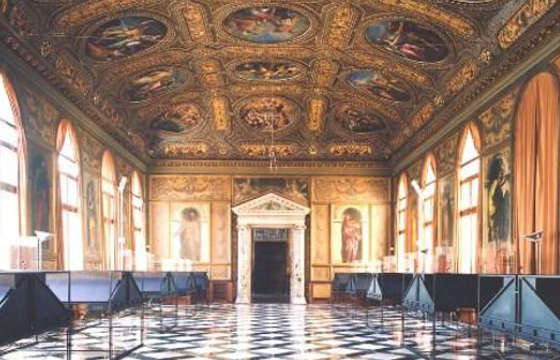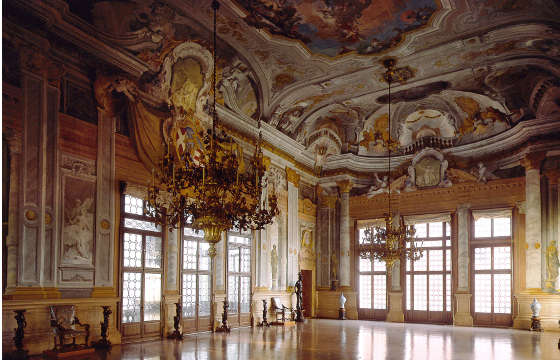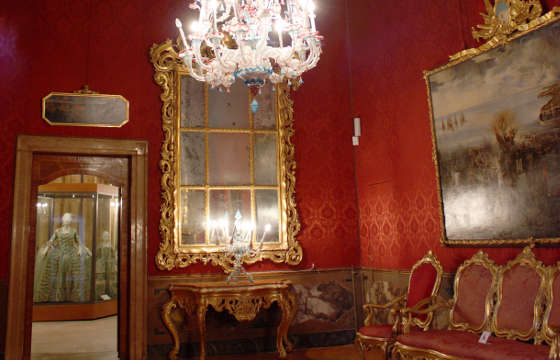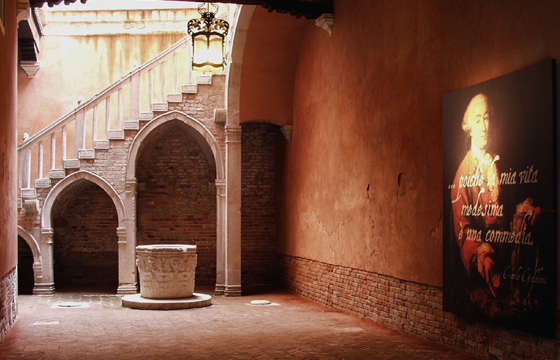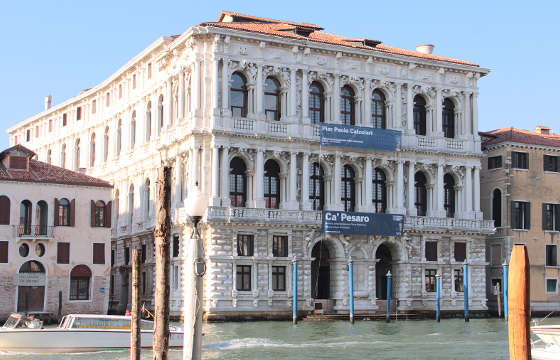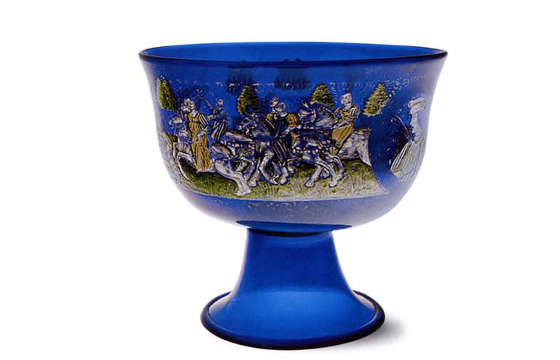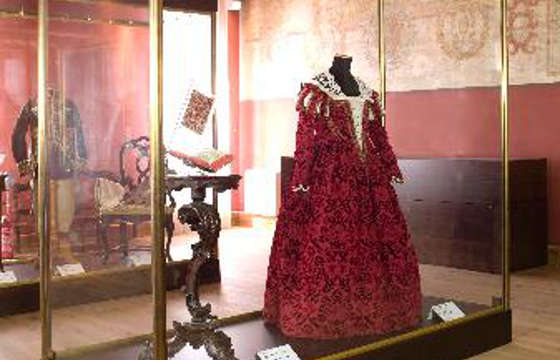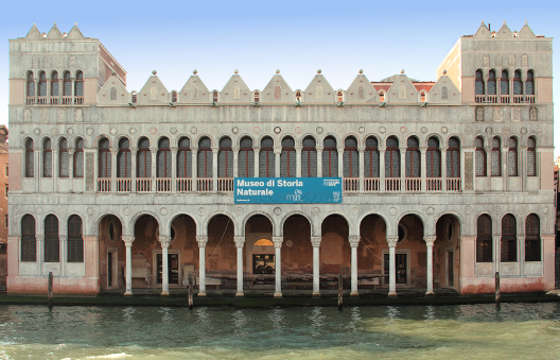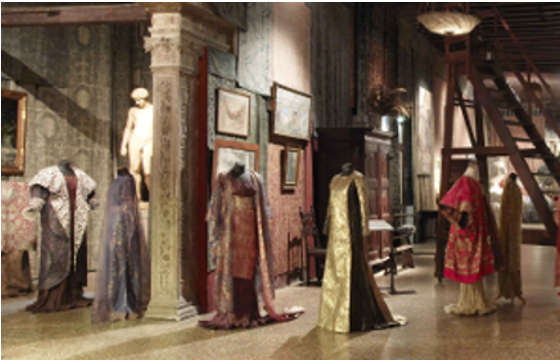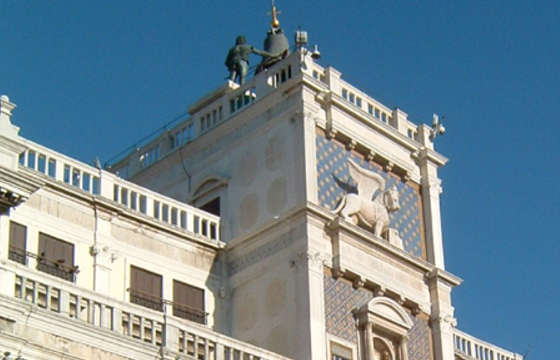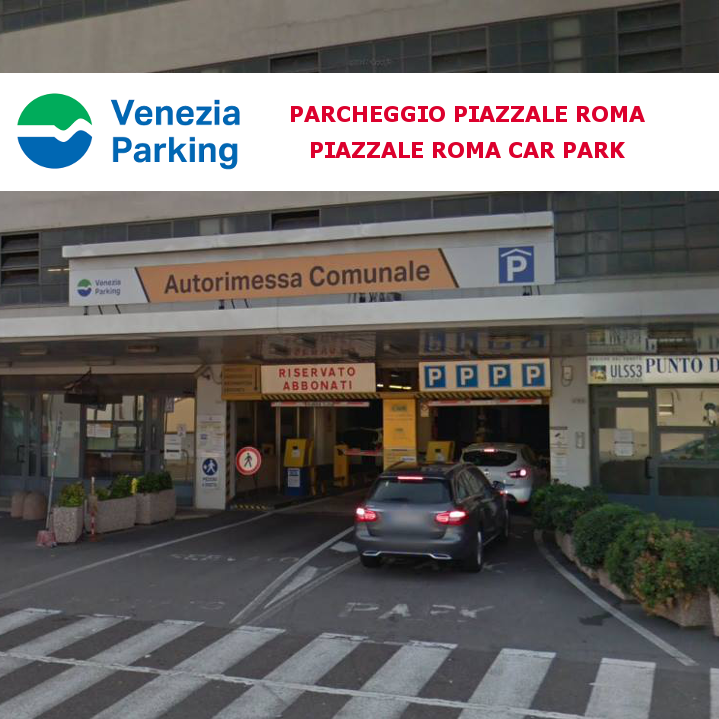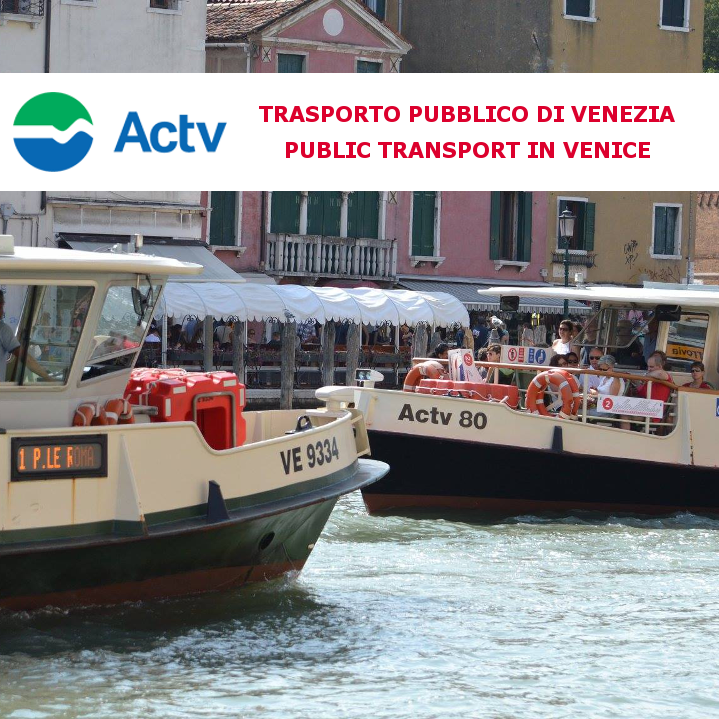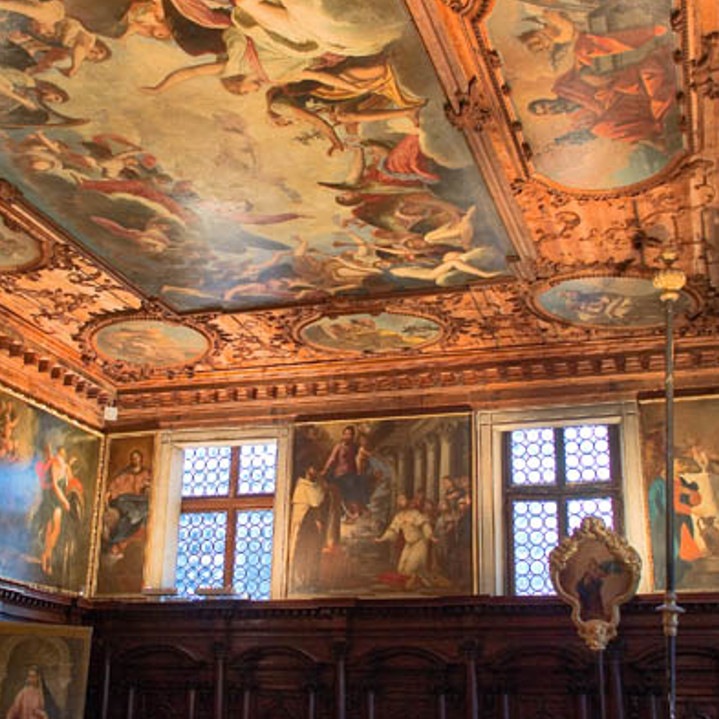You are here
MUSEI CIVICI VENEZIA
MUSEI CIVICI VENEZIA
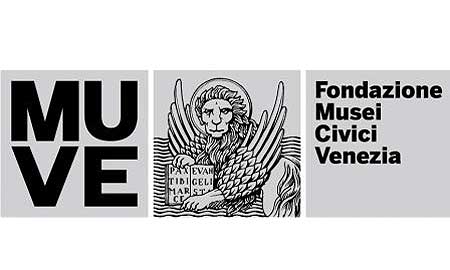
The Fondazione Musei Civici di Venezia was instituted on March 3rd 2008 with a resolution passed by the City Council of Venice, with the purpose of managing and enhancing the profile of the cultural and artistic heritage of the Civic Museums of Venice. In operation since September 1st 2008, it is structured as a participatory foundation and its sole founding partner is the Comune di Venezia. It brings participating public and private partners together to contribute to the life of the foundation, to share and support its institutional goals.
Please visit the museum website for the latest updates on opening times and other information. Thank you.
BUY ONLINE the MUVE pass to visit the CIVIC MUSEUMS OF VENICE
Doge's Palace (St.Mark’s Square Museums)
Piazza San Marco 1, 30124 Venice
A masterpiece of Gothic architecture, the Doge’s Palace is the heart and symbol of the city of Venice, the residence of the Doge and the seat of the Venetian Magistracies. Visitors to the Museum will discover the history and culture of the Venetian civilization, from its very origins: the early doges, the fourteenth-century architecture, the renovations by Doge Foscari and the fifteenth-century Palace, the fire in 1577, the prisons and the later seventeenth-century improvements, all the way to the fall of the Venetian Republic. The interiors, superbly decorated by legions of artists, with masterpieces by Titian, Veronese, Tiepolo and Tintoretto, provide an extraordinary visitor experience.
Information: every day from 9.00 am to 6.00 pm (last entry 5.00 pm) from 01/11 until 31/03
every day from 9.00 am to 7.00 pm (last entry 6.00 pm) from 01/04 until 31/10
Tickets: Venezia Unica City Pass ADULT, JUNIOR, SENIOR, SAN MARCO / St. Mark’s Square Museums pass / Museum Pass
BUY ONLINE
Museo Correr (St.Mark’s Square Museums)
S. Marco 52, 30124 Venice
The museum was founded around the collection that Teodoro Correr bequeathed to the city in 1830. The design and early construction of the Napoleonic Wing, which closes off St. Mark’s Square on the side opposite the Basilica, date back to the years in which Venice was part of the Kingdom of Italy (1806-1814) ruled by Napoleon. It was built in the area previously occupied by the church of San Geminiano (an ancient church that had been reconstructee in the mid-sixteenth century by architect Jacopo Sansovino), and to each side, by the Procuratie Vecchie and the Procuratie Nuove, the two long buildings delineating St. Mark’s Square that formerly housed the offices and residences of some of the most important officials of the Venetian Republic. The architecture, decorations, frescos and Neo-classical style furniture offer significant examples of the culture and languages of this historical period. They bear witness, almost in contrast to the ancient Doge’s Palace, to the will to usher in a new era in the history of Venice, emblematically represented by this modern palace of kings and emperors.
Information: every day from 10.00 am to 5.00 pm (last entry 4.00 pm) from 01/11 until 31/03
every day from 10.00 am to 6.00 pm (last entry 5.00 pm) from 01/04 until 31/10
Tickets: Venezia Unica City Pass ADULT, JUNIOR, SENIOR, SAN MARCO / St. Mark’s Square Museums pass / Museum Pass
BUY ONLINE
Archaeological Museum (St.Mark’s Square Museums)
S. Marco 52, 30124 Venice
The National Archaeology Museum, one of the oldest public museums in Italy and in Europe, is home to an important collection of Greek and Roman sculptures, bronze objects and sculptures, ceramics, jewellery, coins, and a collection of Egyptian, Babylonian and Assyrian antiquities. Its origins date back to the legacy of Domenico Grimani and a donation by Giovanni Grimani who, respectively in 1523 and in 1587, bequeathed most of their collections of antiquities to the Serenissima Republic of Venice. These collections formed the nucleus of the Statuario Pubblico, a typical expression of Renaissance taste, established in 1596 by Frederick Contarini in the Anteroom of the Library of San Marco. Enriched by further donations in the seventeenth and eighteenth centuries, the Museum, with the Library, was transferred in 1812 by Eugène de Beauharnais, Viceroy of Italy, to the Doge’s Palace.
The current National Archaeology Museum was created after World War I in the Royal Palace, donated by King Vittorio Emanuele III, and installed in its current location on the first floor of the Procuratie Nuove. The exhibition curated by Carlo Anti between 1923 and 1926, was expanded between 1949 and 1954 by Bruna Forlati, following the acquisition of Teodoro Correr’s archaeological collections in 1939.
The collection grew in 1961 as a result of the post-war agreement between Italy and Yugoslavia, with the acquisition of part of the collections of ceramics, glass and gems from the Museum of St. Donatus in Zadar. Finally, in 1982, Giancarlo Ligabue donated part of his collection of prehistoric bronze objects to the Museum.
Information: every day from 10.00 am to 5.00 pm (last entry 4.00 pm) from 01/11 until 31/03
every day from 10.00 am to 6.00 pm (last entry 5.00 pm) from 01/04 until 31/10
Tickets: Venezia Unica City Pass ADULT, JUNIOR, SENIOR, SAN MARCO / St. Mark’s Square Museums / Museum Pass
BUY ONLINE
You can get information by connecting to the https://izi.travel/en site and looking for the free audio guide of the National Archaeological Museum of Venice.
Monumental Rooms of the Biblioteca Marciana (St.Mark’s Square Museums)
S. Marco 7, 30124 Venice
The library, designed by Jacopo Sansovino, was built and decorated between 1537 and 1560 on commission by the Procuratori di San Marco, to offer a worthy home to the Greek and Latin codexes donated to the Republic of Venice by Cardinal Bessarione in 1468. Today, along with the Zecca, the former Mint that now houses the reading rooms, it is the monumental seat and part of the Biblioteca Nazionale Marciana, which preserves precious manuscripts such as the sixteenth-century Breviario Grimani and Fra Mauro’s Map of the world, as well as antique books, including those of Aldo Manuzio.
On the first floor is the Vestibule, with the ceiling decorated by Titian’s painting of La Sapienza, and the Library, with a vaulted ceiling that constitutes a veritable “manifesto” of Venetian Mannerist painting, consisting of 21 tondi painted by seven artists selected for the occasion including Titian and Sansovino himself. The most famous are the three tondi by Paolo Veronese. The walls are decorated by canvases portraying the Philosophers, some of which were painted by Titian and Veronese.
Information: every day from 10.00 am to 5.00 pm (last entry 4.00 pm) from 01/11 until 31/03
every day from 10.00 am to 6.00 pm (last entry 5.00 pm) from 01/04 until 31/10
Tickets: Venezia Unica City Pass ADULT, JUNIOR, SENIOR, SAN MARCO / St. Mark’s Square Museums pass / Museum Pass
BUY ONLINE
Cà Rezzonico - 18th century Venice Museum
Dorsoduro 3136, 30123 Venice
This magnificent palace, now the Museum of 18th-Century Venice, was designed by the greatest architect of the Venetian Baroque era, Baldassare Longhena, for the aristocratic Bon family. Construction began in 1649. Longhena’s death in 1682, practically concurrent with that of his noble client, and the Bon family’s financial setbacks brought construction to a halt, leaving the palace incomplete. In the meantime, the Rezzonico family, native to the Lombardy region, moved to Venice and purchased a title in 1687. Giambattista Rezzonico, a merchant and banker, bought the palace in 1751 and appointed Giorgio Massari, one of the most highly esteemed and eclectic artists of the day, to complete the palace. Work proceeded rapidly and construction was completed in 1756. The building was fully finished by 1758 when Giambattista Rezzonico’s younger brother Carlo, Bishop of Padua, was elected Pope under the name of Clement XIII: this moment represented the peak of the family’s fortunes and the palace at San Barnaba celebrated the event in grand style. But by 1810 the family had become extinct. This was the beginning of a long, troubled period for the palace as its great heritage of art and history was dismembered and dispersed. Stripped of its furnishings, which were divided among the heirs and then sold, the palace passed through the hands of various owners in the 19th century; purchased by the English painter Robert Barrett (“Pen”) Browning, it was used as a residence by his father, the poet Robert Browning, who died there. It was subsequently bought by Count Lionello Hirschell de Minerbi, a member of the Italian Parliament, who, after long and complex negotiations, sold it to the City Council of Venice in 1935.
Information: Information: from 10.00 am to 5.00 pm (last entry 4.00 pm) from 01/11 until 31/03
from 10.00 am to 6.00 pm (last entry 5.00 pm) from 01/04 until 31/10
Close: Tuesdays
Tickets: Venezia Unica City Pass ADULT, JUNIOR SENIOR / Museum Pass
BUY ONLINE
Palazzo Mocenigo
Santa Croce 1992, 30135 Venice
The famous map of Venice by Jacopo de’ Barbari (1500), documents the building which appeared at the time as a square plan around a central courtyard. The palace was expanded over time on the adjacent properties purchased by Nicolò’s descendants and renovated. Its current appearance probably dates back to the beginning of the 17th century, but no documents exist to corroborate the time of construction or the name of the architect. The two façades, the one overlooking the canal and the street-side façade on the “salizada”, are practically identical. In 1945, Palazzo Mocenigo in San Stae, complete with its archive and part of the furnishings, were bequeathed in his will by Alvise Nicolò, the last descendant of the noble Venetian family, to the City of Venice to be used “as an Art Gallery, to complement the Correr Museum”. In the late 1970s, upon the death of his wife Constanza Faà di Bruno, the Civic Museums of Venice acquired the rooms on the first piano nobile, decorated with frescoes and mostly eighteenth-century furniture. In 1985, following significant restoration work, the Mocenigo apartment was opened to the public as a museum.
Completely renewed and expanded at the end of 2013, the itinerary winds its way through twenty rooms on the first piano nobile, thereby doubling the initial amount of exhibition space opened in 1985. As a whole, the rooms skilfully evoke various aspects of the life and activities of the Venetian nobility between the 17th and 18th centuries, and is populated by mannequins wearing precious period garments and accessories drawn from the collections of the Study Centre for the History of Textiles and Costume. Fashion and costumes, with a special focus on the history of the city, have always been at the centre of the research and exhibitions at the Museum, within the aristocratic setting of Palazzo Mocenigo. You can visit a section dedicated to a particular aspect of the history of Venetian costume: the scent. In the five rooms devoted to perfume, multimedia and sensory experiences are alternated in an unprecedented process of information, emotion, deepening.
Information: from 10.00 am to 5.00 pm (last entry 4.00 pm) from 01/11 until 31/03
from 10.00 am to 6.00 pm (last entry 5.00 pm) from 01/04 until 31/10
Closed: On Monday, 1st May
Tickets: Venezia Unica City Pass ADULT, JUNIOR SENIOR / Museum Pass
BUY ONLINE
Carlo Goldoni's House
San Polo 2794, 30125 Venice
The “Casa di Carlo Goldoni” (Carlo Goldoni's House) – was built in the 15th century and has maintained all the features of Venetian Gothic architecture of that period. Particularly interesting aspects of the building are the tripartite façade overlooking the canal, with its richly-decorated four-arched Gothic window, the entrance from Calle dei Nomboli onto the courtyard with the evocative two-flight outdoor staircase with a banister made of small Istrean stone columns. Initially owned by the Rizzo family, the palazzo was rented to the Centanni family and became the centre of a flourishing artistic/literary Accademia in the 16th century. Towards the end of the 17th century, Carlo Alessandro Goldoni – the playwright’s paternal grandfather and a notary from Modena – took up residence here. Carlo Goldoni himself was born here in 1707 (on February 25th), and the palace would remain the family home until 1719. In 1914 Aldo Ravà, a noted scholar of 18th century Venice – together with Count Piero Foscari and Commendatore Antonio Pellegrini – bought the palazzo from its owner, Contessa Ida Manassero Camozzo, with the idea of using it to house a museum dedicated, in the name of the great playwright, to the history of Italian theatre. The project came to a halt with the outbreak of war, and then in 1931 Ca’ Centanni was donated to the City Council to be restored. With a slight variation on the original scheme – it was turned into the Goldoni museum and a research centre for matters relating to theatre. Again, war held up the work, which was not completed until 1953. The building opened to the public in June of that year, housing a small museum of Goldoni memorabilia and artefacts relating to Venetian theatre, though it focused primarily on its role as a research centre, with constant additions to its library and archive.
Information: from 10.00 am to 4.00 pm (last entry 3.30 pm) from 01/11 until 31/03
from 10.00 am to 4.00 pm (last entry 3.30 pm) from 01/04 until 31/10
Closed: on Wednesday, 1st May
Tickets: Venezia Unica City Pass ADULT, JUNIOR SENIOR / Museum Pass
BUY ONLINE
Ca' Pesaro - International Gallery of Modern Art and Oriental Art Museum
Santa Croce 2076, 30135 Venice
Construction on the Palazzo began in 1659 starting from the landside; the courtyard, with its striking loggias, was completed by 1676; the splendid facade on the Grand Canal had already reached the second floor by 1679, but at the death of Longhena in 1682, the palace was still unfinished. The Pesaro family entrusted its completion to Gian Antonio Gaspari who finished it in 1710, relying on the original project. Sumptuous and imposing, but harmonious and organic in its structure, the palace was continually enhanced during its lengthy construction by an equally important process of interior decoration. The palace still conserves some of the fresco and oil decorations on the ceilings, the work of artists such as Bambini, Pittoni, Crosato, Trevisani and Brusaferro; there was also a ceiling by G.B. Tiepolo, with Zephyrus and Flora, which was transferred to the Museum of Ca’ Rezzonico in 1935. But the collections of the Pesaro family, as documented in the archives, must have been even more remarkable, featuring works by artists such as Vivarini, Carpaccio, Bellini, Giorgione, Titian, Tintoretto, as well as the most famous Venetian artists of the seventeenth and eighteenth centuries. This immense heritage had been completely dispersed by 1830, the year of the death of the last Pesaro family member, who sold most of the collection at auction in London. The palace initially passed on to the Gradenigo family and then to the Armenian Mechitarist Fathers, who used it as a boarding school. It was finally bought by the Bevilacqua family, and became the property of Duchess Felicita Bevilacqua La Masa. It was she who decided that the building should be used for modern art, and bequeathed it to the city for this purpose.
Information: from 10.00 am to 5.00 pm (last entry 4.00 pm) from 01/11 until 31/03
from 10.00 am to 6.00 pm (last entry 5.00 pm) from 01/04 until 31/10
Closed: on Monday
Tickets: Venezia Unica City Pass ADULT, JUNIOR SENIOR / Museum Pass
BUY ONLINE
Glass Museum
Fondamenta Giustinian 8, 30121 Murano
Located in Palazzo Giustiniani, the Museum’s collections are ordered chronologically: in addition to the archaeological section on the mezzanine floor, which includes remarkable Roman artefacts from the 1st and 3rd centuries A.C., it houses the largest historic collection of Murano glass, with important works produced between the 15th and 20th centuries, including world-famous masterpieces.
The Murano Glass Museum was founded in 1861, following the darkest period in the history of Murano glassmaking subsequento to the fall of the Venetian Republic (1797) and the many years of foreign domination. Antonio Colleoni (1811-1855), the Mayor of the island and Abbot Vincenzo Zanetti (1824-1883), a scholar of glass art, were able to get the town Council to approve the project to institute an archive that would gather and preserve every possible document illustrating the life and history of the island.
The palace, the ancient residence of the Bishops of Torcello, was originally built as an aristocratic palace in the typical Flamboyant Gothic style, traces of which remain in the column with capital in the atrium, and in the windows of the façade overlooking the courtyard.
Information: every day from 10.00 am to 5.00 pm (last entry 4.00 pm) from 01/11 until 31/03
every day from 10.00 am to 6.00 pm (last entry 5.00 pm) from 01/04 until 31/10
Ticket: Venezia Unica City Pass ADULT, JUNIOR SENIOR / Museum Pass / Museums of the Islands
BUY ONLINE
Lace Museum
Piazza Galuppi 187, 30142 Burano
The exhibition, on the first floor of the Museum, documents the art of lacemaking in Venice from the 16th to the 20th centuries with over two hundred rare and valuable examples. After joining the Civic Museums of Venice circuit in 1995, today this space not only exhibits lace of remarkable value, it also offers the opportunity to watch lacemakers work before your very eyes: these custodians of an art handed down from generation to generation may be found at the museum every morning. The Museum also houses an archive open to scholars, an important source of historical and artistic documentation, with drawings, photographs and a variety of iconographic material.
Information: from 10.00 am to 4.00 pm (last entry 3.30 pm) from 01/11 until 31/03
from 10.00 am to 4.00 pm (last entry 3.30 pm) from 01/04 until 31/10
Closed: on Monday, 1st May
Tickets: Venezia Unica City Pass ADULT, JUNIOR SENIOR / Museum Pass / Museums of the Islands
BUY ONLINE
Natural History Museum
Santa Croce 1730, 30135 Venice
Located in the Fontego dei Turchi, on the Grand Canal, this important scientific institution hosts a diversity of collections and an important library. Its mission includes research and monitoring of the Venetian lagoon and its fauna. Following a comprehensive restoration project of the entire building completed in recent years, which also updated the building systems, and the complete restoration of its collections, the Natural History Museum is now open to the public with a new and evocative exhibition design, in eleven rooms on the second floor of the Fondaco dei Turchi. There are new reception areas on the ground floor, with a garden that has been restored to the museum and the city. Its original museological approach and modern museographic structure will be pursued in future plans for expansion.
Information: from 9.00 am to 5.00 pm (last entry 4.00 pm) from 01/10 until 31/05
from 10.00 am to 6.00 pm (last entry 5.00 pm) from 01/06 until 30/09
Closed: on Monday, 1st May
Tickets: Venezia Unica City Pass ADULT, JUNIOR SENIOR / Museum Pass
BUY ONLINE
Fortuny Museum
San Marco 3958, 30124 Venice
Located in the Gothic Palazzo Pesaro degli Orfei in Campo San Beneto, it was transformed by Mariano Fortuny (1871-1949) into an atelier for painting, photography, set design and the creation of textiles: for each of these endeavours, the rooms, structures, tapestries and collections have all been preserved in the building. The Museum's collections consist of a rich fund of works and materials that well represent the different outcomes of the artist's research, arranged by major topics: painting, light, photography, textiles and big clothes.
Information: from 10.00 am to 5.00 pm (last entry 4.00 pm) from 01/11 until 31/03
from 10.00 am to 6.00 pm (last entry 5.00 pm) from 01/04 until 31/10
Closed: on Tuesday, 1st May
Tickets: Venezia Unica City Pass ADULT, JUNIOR SENIOR / Museum Pass
BUY ONLINE
Clock Tower
Piazza San Marco, 30124 Venice
This is one of the most original constructions of early Venetian Renaissance architecture. The Moors’ Clock Tower is one of the most famous architectural landmarks in Venice, standing like a Triumphal Arch that leads into what is the main shopping street of the city, the ancient Merceria. It marks both a juncture and a division between the various architectural components of St. Mark’s Square, and the urban functions extending from it: the seats of political and religious power; the ceremonial spaces and areas of economic activity; the city-front looking out towards the sea and the mainspring of the entire urban fabric of Venice. In short, the Tower with its large Astronomical Clock, a masterpiece of technology and engineering, form an essential part of the very image of Venice. For more than five hundred years, they have marked the life, the history and the perpetual passing of time within the city.
Information: (by reservation only)
Ticket: Reservation required for all tours, led by specialized guides. Reduced admission with the Venezia Unica City Pass ADULT, JUNIOR, SENIOR, SAN MARCO / St. Mark’s Square Museums pass / Museum Pass


